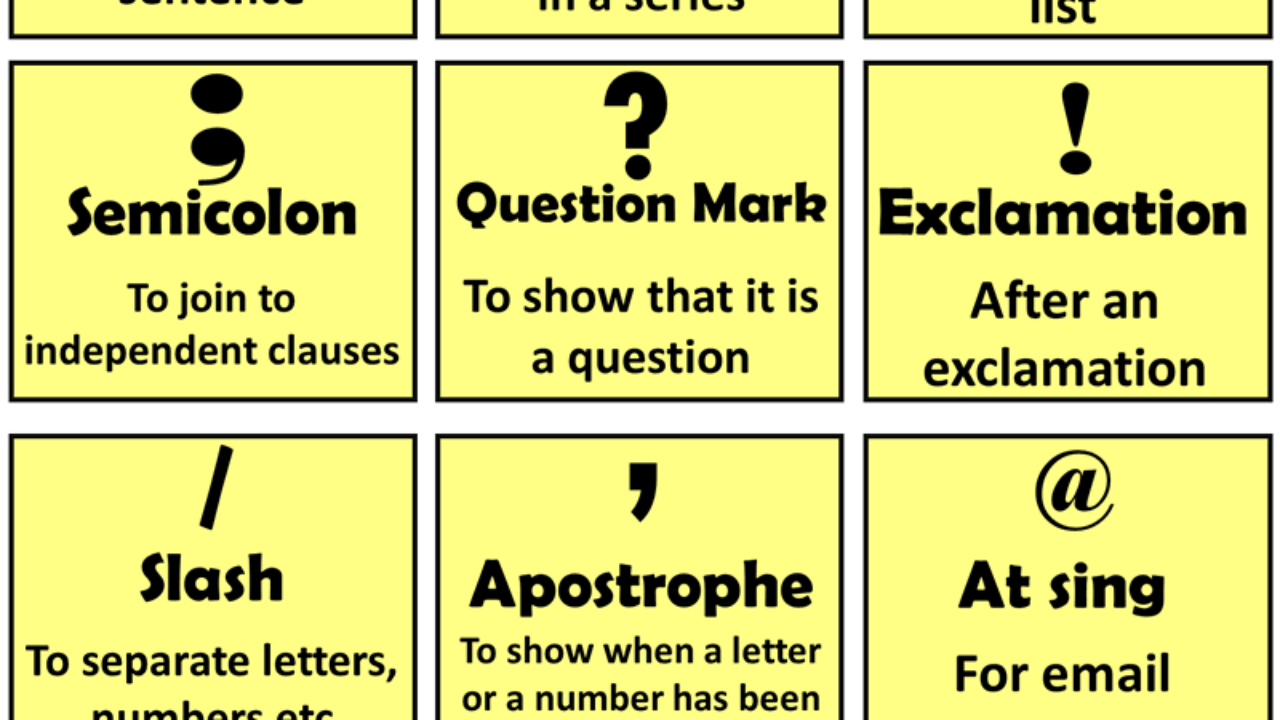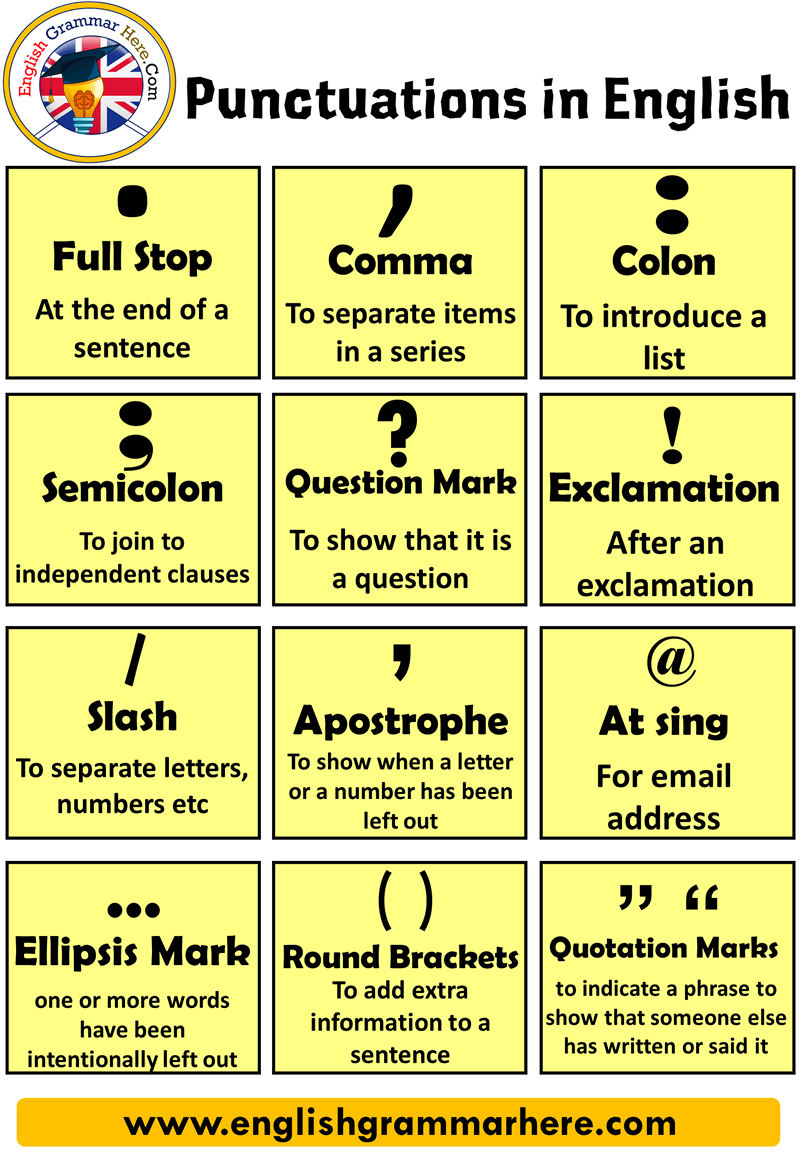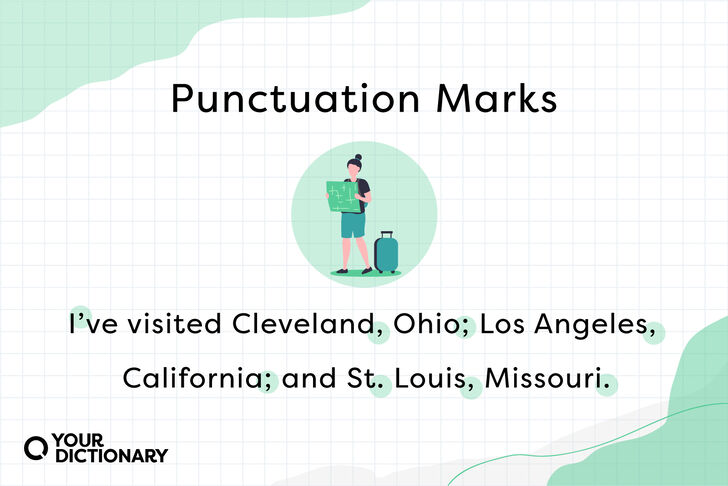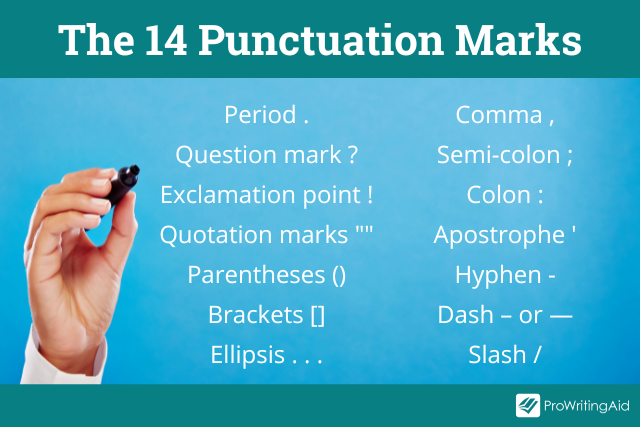Punctuation marks are symbols that are used in writing to clarify the meaning of a sentence or to indicate pauses or emphasis. These marks serve a variety of functions, and their proper use is essential for clear and effective communication.
One of the most common punctuation marks is the period, which is used to mark the end of a sentence. The period indicates that the thought or statement being expressed is complete, and it also serves to signal a pause in the sentence. For example: "I went to the store. I bought some milk and bread." In this sentence, the period marks the end of each clause, indicating that each clause is a complete thought.
Another common punctuation mark is the question mark, which is used to indicate a question. The question mark appears at the end of a sentence that asks a question, and it signals to the reader that the sentence requires a response. For example: "Where are you going?" In this sentence, the question mark indicates that the speaker is seeking information from the listener.
The exclamation point is another punctuation mark that is used to indicate strong emotion or emphasis. It is often used to convey excitement, surprise, or shock, and it is placed at the end of a sentence. For example: "I can't believe it! You won the lottery!" In this sentence, the exclamation point indicates the speaker's surprise and excitement at the news of the lottery win.
Commas are another important punctuation mark that is used to separate clauses or phrases within a sentence. They are often used to indicate a pause or to clarify the meaning of a sentence. For example: "I went to the store, but I forgot my wallet." In this sentence, the comma is used to separate the two clauses and to indicate a pause between them.
Other punctuation marks include the colon, which is used to introduce a list or to indicate that what follows is a clarification or explanation; the semicolon, which is used to separate clauses that are closely related; and the dash, which is used to indicate a sudden change in thought or to provide additional information.
In conclusion, punctuation marks serve a variety of functions in writing and are essential for clear and effective communication. They are used to indicate pauses, to mark the end of a sentence, to indicate a question or strong emotion, and to separate clauses or phrases within a sentence. Proper use of punctuation is important for conveying the intended meaning of a text and for helping the reader to understand the message being conveyed.







